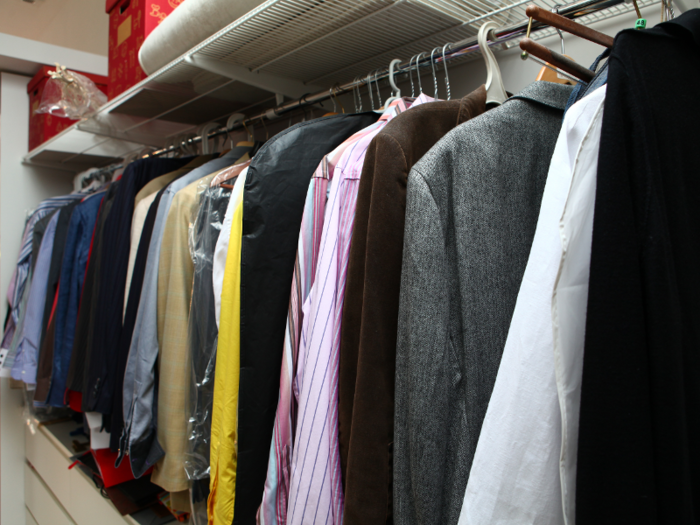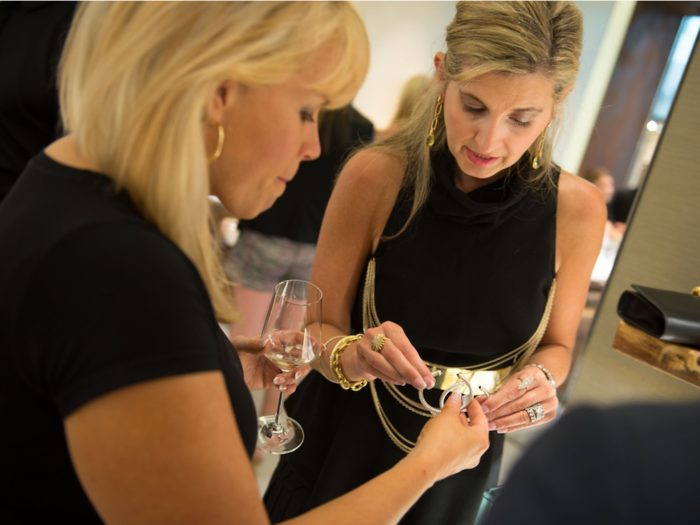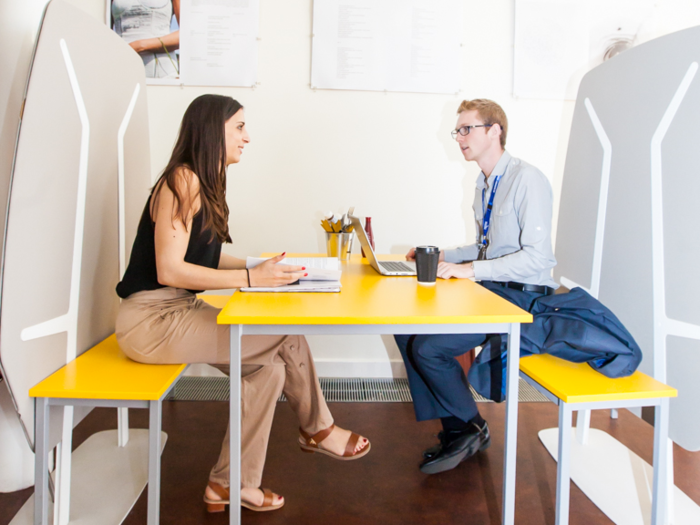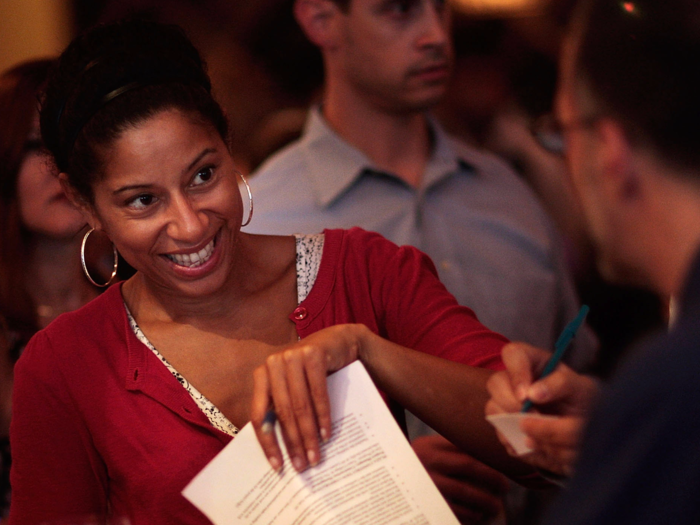People size you up in just 3 seconds - here's how to make a brilliant first impression
1. Grooming

2. Clothing

Whatever you wear, make sure it's appropriate in your industry. "Everyone draws their lines differently," said etiquette coach Barbara Pachter. "For example, you may be able to wear shorts, but not cutoffs. If your company has a dress code, follow it."
Baur advised: "If you're in banking, wear a navy blue, gray, or black suit (pantsuits are fine for women). But if you're in marketing, training, or academia, you have a wider choice. I like to wear bright colors, such as a red or turquoise, as they complement my coloring and reflect my personal style."
It's also important to consider how your color choices will play in the environment, said Pachter. "Darker colors usually convey a stronger impression than lighter ones." If you're giving a presentation, make sure the color you're wearing doesn't blend in with the background behind you.
According to 2,100 hiring managers and human resource professionals who participated in a CareerBuilder survey, blue and black are the best colors to wear to a job interview, and orange is the worst. Conservative colors, such as black, blue, gray, and brown, seem to be the safest bet when meeting someone for the first time in a professional setting, whereas colors that signal more creativity, like orange, may be too loud.
3. Jewelry

"Keep your jewelry subtle unless you're an opera singer or nightclub entertainer," said Baur. "And don't wear things that will clank when you rest your hand on the table or that make noise when you gesture."
Accessories are meant to complement your outfit, not overpower it. "I once met a woman who had a ring on every finger," Pachter said. "You couldn't look at anything else."
4. Posture

A good, straight posture conveys confidence and that you're worthy of attention. You should learn to sit in the front half of your seat with both feet on the floor, back straight, and shoulders back. Baur said this shows that you're fully there and interested.
Also, don't cross your legs or let your legs bounce up and down. These bad habits are distracting to others and make you appear immature and not serious.
5. Gesturing

It's OK to talk with your hands — it actually brings your message alive. "Try in your everyday conversations to build 'gesture awareness' and let your hands be descriptive," said Baur.
This means that if you say the word "huge" in your conversation, practice gesturing what huge looks like. Whatever you do, don't lace your fingers together and play with your rings, as these are unproductive ways to release energy.
6. Facial expression

Make sure your face is pleasant by smiling often and maintaining eye contact at appropriate times. If you're frowning or your face looks frozen in nervousness, the interviewer could easily get the impression that you're difficult or indifferent.
When you smile, make sure that you are giving off a genuine smile.
7. Handshake

Don't do anything out of the ordinary when it comes to the handshake.
Simply grasp the other person's hand firmly, say something like "very nice to meet you," look at them directly in the eye, and smile warmly.
Popular Right Now
Popular Keywords
Advertisement